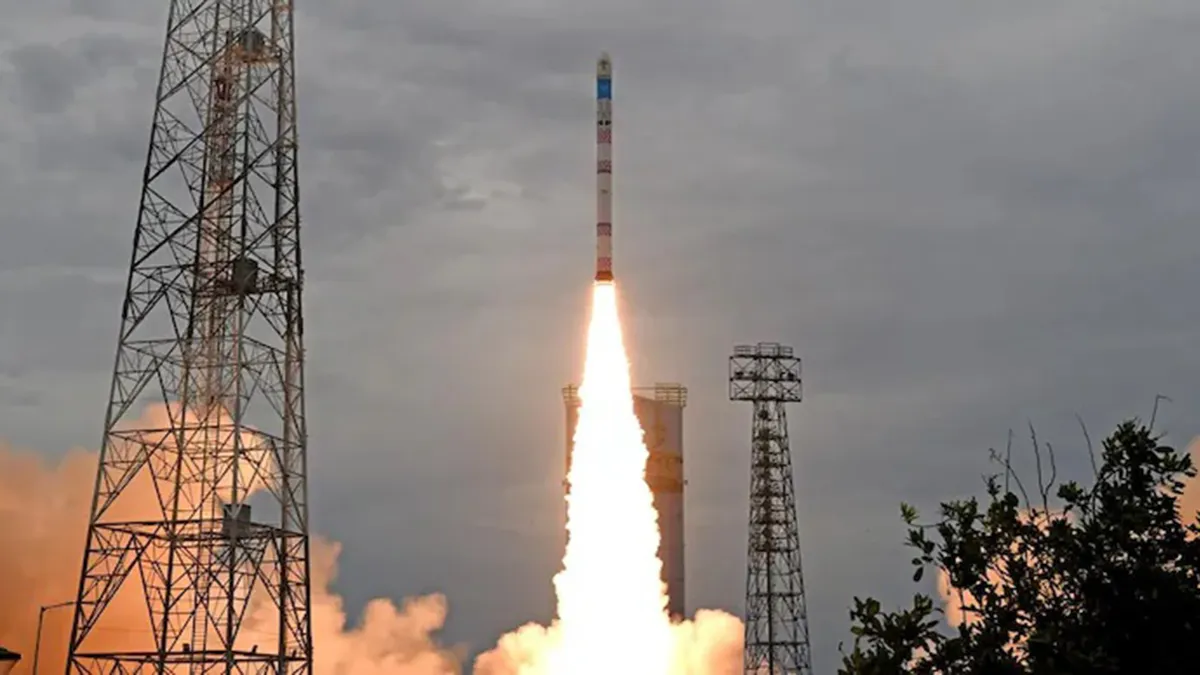
The Indian Space Research Organisation on Wednesday said that it will conduct the second demonstration mission of its newly made Small Satellite Launch Vehicle (SSLV) on Friday. The SSLV D2 mission will launch from Satish Dhawan Space Centre in Sriharikota at 9:18 am on February 10.
The second demonstration mission will lift off with Earth Observation Satellite (EOS)-07 as the primary payload. The mission will also carry the Janus-1 & AzaadiSAT-2 satellites into a 450 km circular orbit in its 15-minute flight. The Indian space agency said that the vehicle has been moved to the pad and is undergoing final phase checks.
The newly developed Small Satellite Launch Vehicle has been introduced to cater to the small satellite launch market. It has been developed with the sole purpose of launching small satellites, as the name suggests, and freeing up the massively used Polar Satellite Launch Vehicle (PSLV) for bigger missions to space.
The SSLV has been designed to carry objects ranging from 10 kilograms to 500 kilograms to a 500-kilometer planar orbit. The new launch vehicle can be prepared and shifted to the launch pad in just over 72 hours, as against the two months required to prep the PSLV.
Isro said that the main objective of the mission is the demonstration of the designed payload capability of SSLV in LEO 2 and the injection of the EOS-07 satellite and two passenger satellites, Janus-1 & AzaadiSAT-2, into a 450 km circular orbit.
The SSLVD2 mission comes following the failed launch of the maiden demonstration mission of the SSLV. The launch vehicle placed the satellites in a 356 km by 76 km elliptical orbit instead of a 356 km circular orbit, making the satellites useless. Isro, in its investigation, revealed that the mission failed after the upper stage of the SSLV launch vehicle injected the satellite into a highly elliptical unstable orbit due to a shortfall in velocity.
The investigation revealed that there was a vibration disturbance for a short duration on the Equipment Bay (EB) deck during the second stage separation. The vibration affected the Inertial Navigation System (INS), resulting in declaring the sensors faulty by the logic in the Fault Detection & Isolation (FDI) software.
The failure detection logic identified a degraded accelerometer and isolated it for improved mission performance. During the second stage separation, all six accelerometers experienced measurement saturation due to high vibration levels for a short duration. This malfunction initiated a salvage mode with the purpose of saving the mission, but it could not inject the satellite into a safe orbit.
